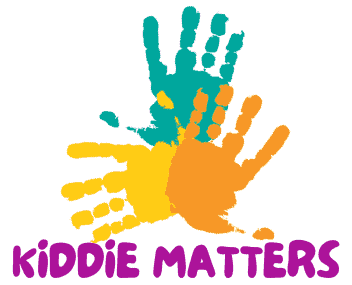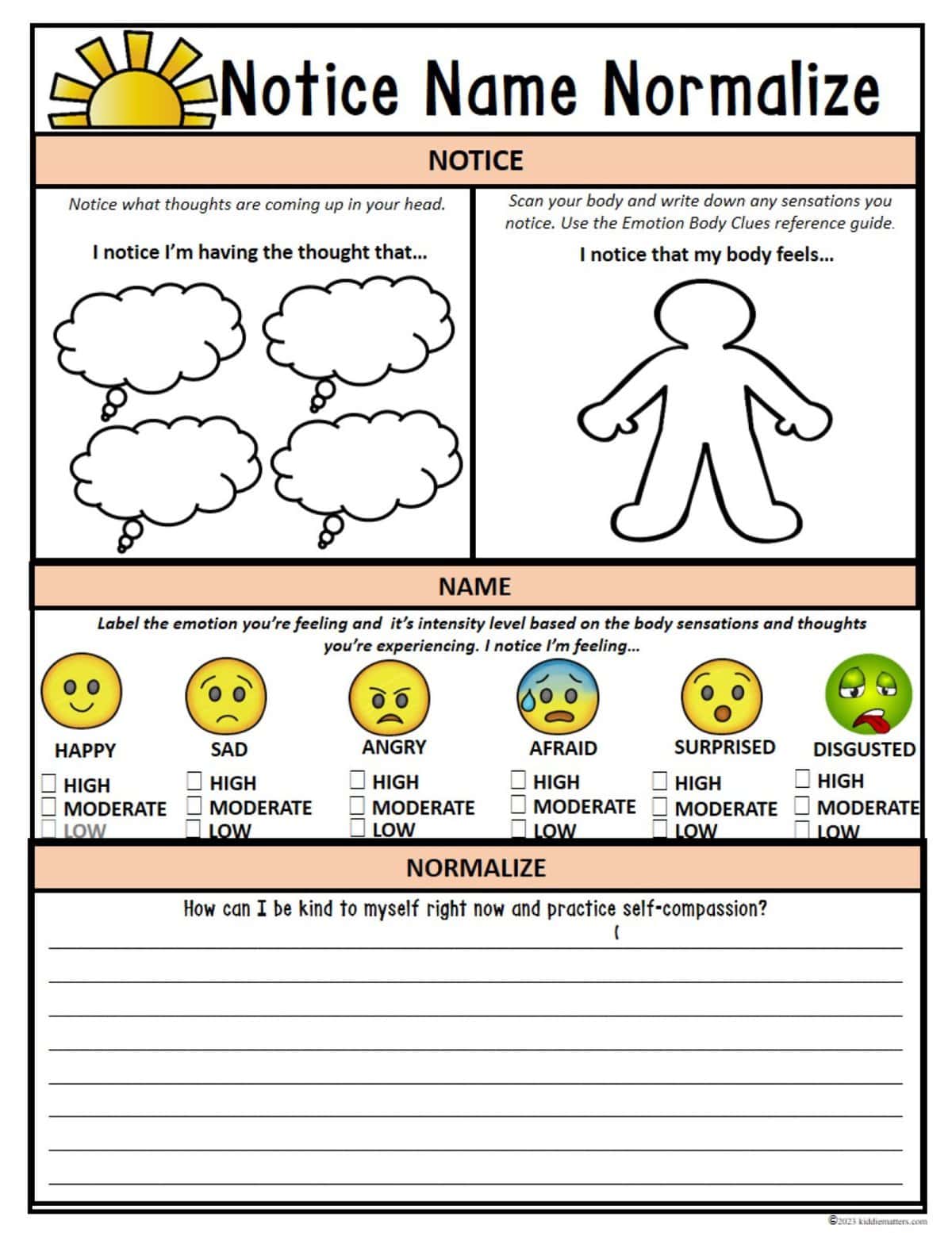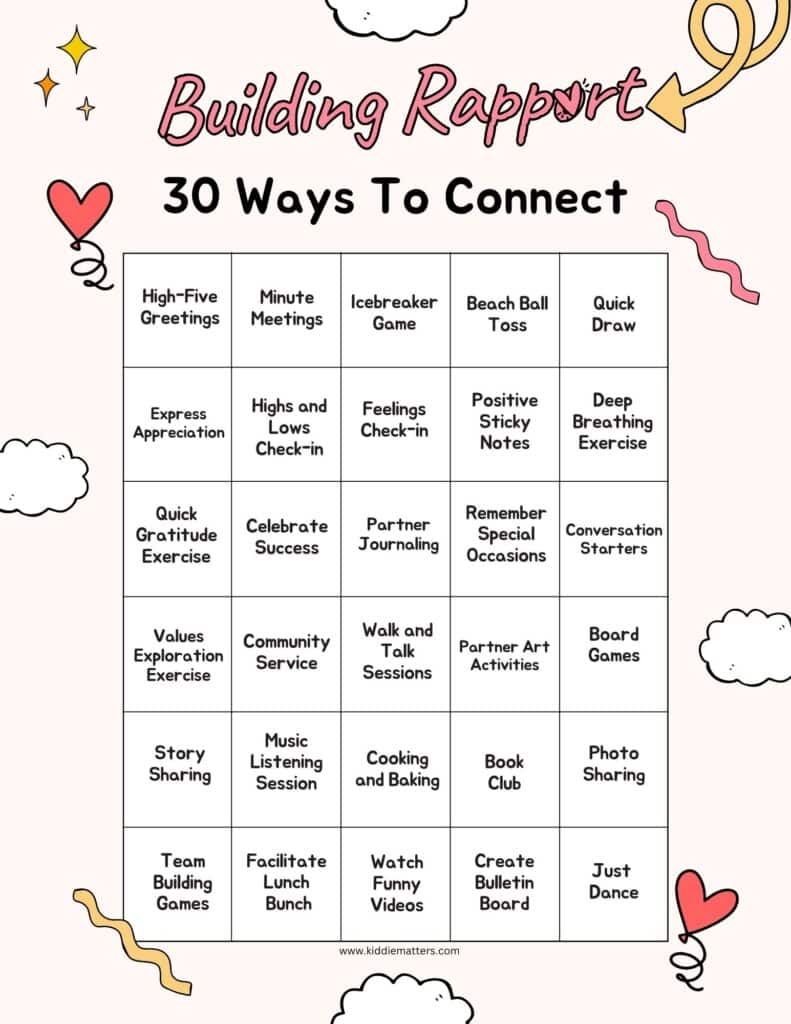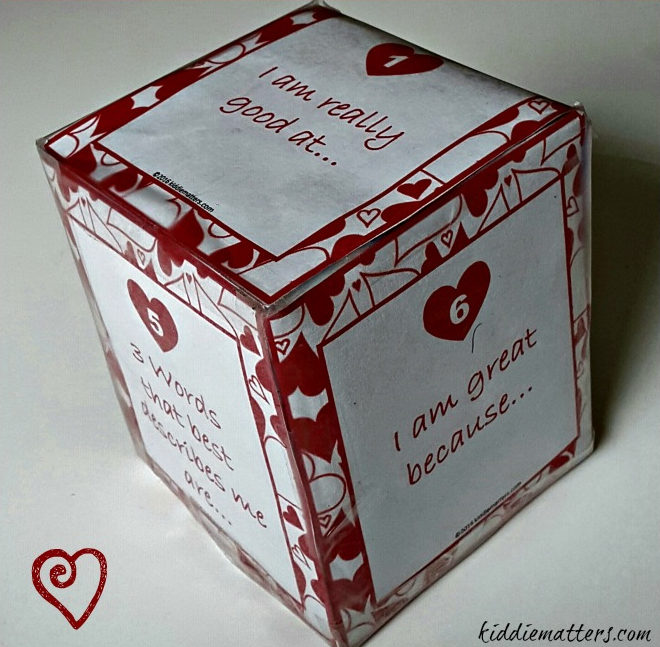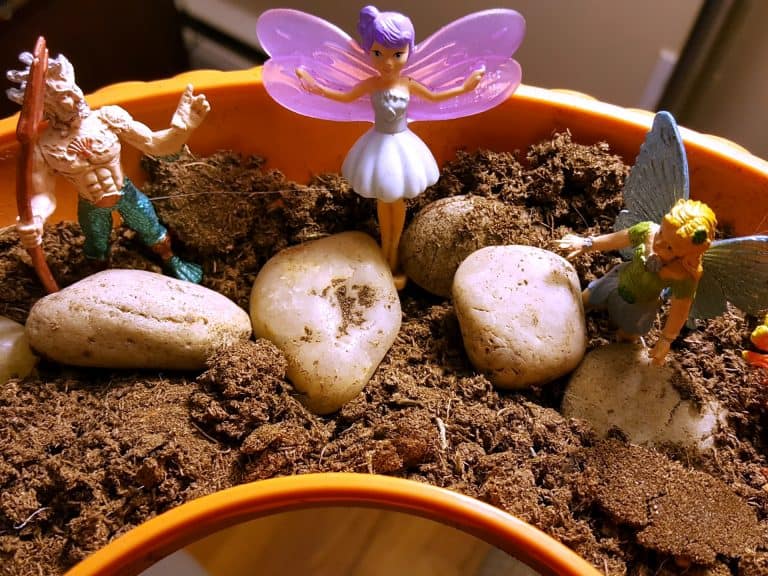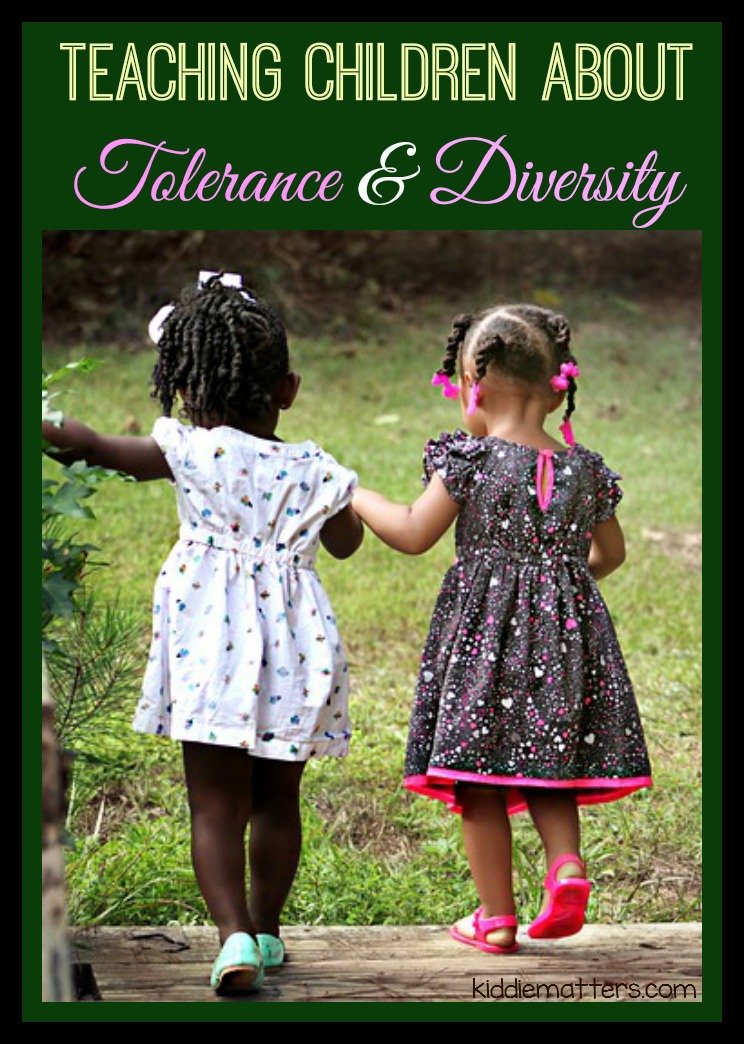How To Build Rapport With Students: 30 Ways To Connect
After I finish writing my last note for the night, I turn off the lights, slip under the covers, and try desperately to fall asleep.
Immediately I’m met with a flurry of racing thoughts as my mind replays the worst moments of my day. I notice times where I missed cues a student needed extra support, where I failed to pick up on subtle signs of distress, or where I simply wasn’t fully present during an interaction.
A lump forms in my throat as my brain works furiously to recall: When was the last time I really connected with a student and showed a genuine interest in them?
Was I so preoccupied with the mountain of paperwork, last minute meetings, and constant crisis calls that I forgot to truly connect with my students? Did the never-ending stream of emails and administrative tasks distract me from the heart of my work – building meaningful relationships with kids and offering authentic support?
My students deserve more. They need to know that no matter how busy I get, they can always count on me to show up and support them.
Bonus: As a bonus for joining my weekly newsletter, get a free cheat sheet of the 30 most engaging activities to build rapport with kids and teens.
But Here’s The Problem
It’s gut-wrenching to think that some of the kids you serve believe that they’re alone and don’t think they can count on you to fully support them.
Without a strong connection, students may be less likely to engage in interventions or follow through with recommendations, leading to limited progress in addressing their issues.
But the demands of your role have you juggling multiple duties at once. It’s easy to get caught up in your to do list and overlook the importance of connecting with kids in meaningful ways that make them feel seen and supported.
When your workload is overwhelming and you don’t have time to spare, you tend to focus on urgent tasks rather than on nurturing connections. Those cherished moments of sitting down with a student during lunchtime or taking them on a stroll around school grounds become a causality of the relentless demands of your day.

How Important Is It To Build Rapport?
It’s easy to let relationship-building opportunities slip away when you’re drowning in responsibilities. Yet, it’s in these moments of connection that trust is built, walls come down, and true understanding happens. These moments lay the foundation for building meaningful relationships and creating a lasting impact in the lives of our students.
It became clear to me that it was time for a change.
Because according to science, when kids have strong connections with trusted adults, it positively impacts their mental, emotional, and social well-being,
Kids who have strong bonds with adults, tend to not only perform better in school and have a positive self-image, but they also are less likely to engage in disruptive and disrespectful behaviors.
So, when you feel exhausted and overwhelmed, and get called to de-escalate the third crisis of the day, how can you make sure you still show up for your students to make them feel safe, seen, and supported.
Related: Behavior Management Strategies For Disrespectful Students That Work (Printable)
Here’s A Quick Fix For Busy Educators
Consistent connection is needed to build rapport and trust with students. Unfortunately, the demands of the job can make it difficult to find time to connect with kids.
Having reminders can help you incorporate simple acts of connection into your daily routine, so that you consistently engage with students in meaningful ways, even when time is limited.
Using visual cues like post-it notes and cheat sheets can be a powerful strategy for reminding yourself to connect with students. Studies indicate that visual cues can help you remember your goals, increase motivation, and make it easier to start desired behaviors.
Below you can get a free printable list of simple activities to connect with kids that you can use as a visual reminder.
Place your list in a prominent location, such as on a desk or computer monitor, to remind you to make time to connect with kids.
Related: How To Teach Kids About Feelings: 85 Creative Activities (Printable)
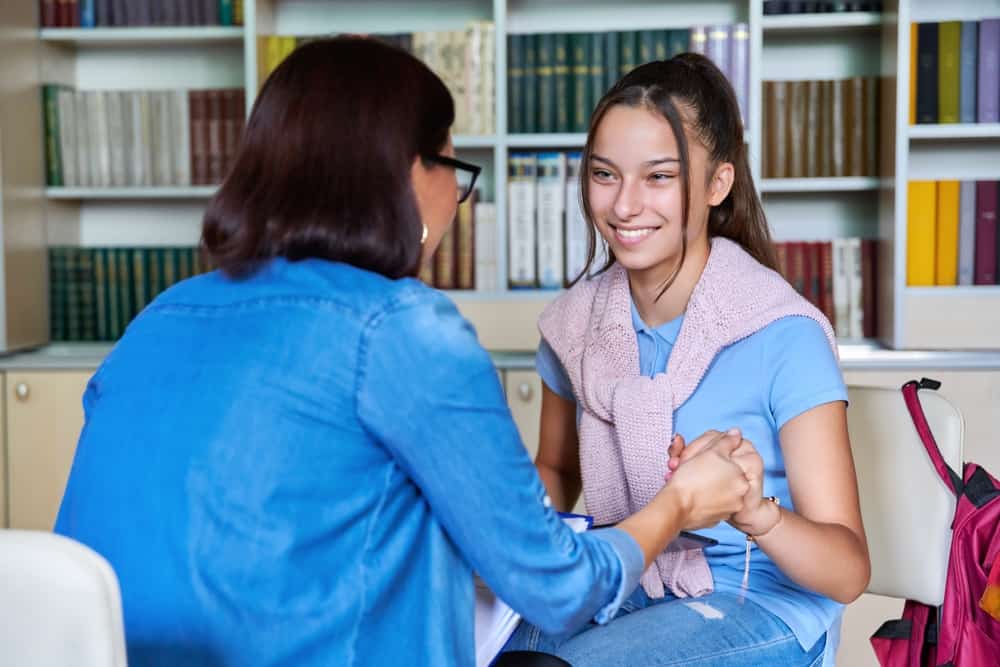
30 Ways To Build Rapport
1. High-Five Greetings: Greet students with high-fives or fist bumps as they enter the classroom or school building to start the day on a positive note.
2. Minute Meetings: Spend a few minutes chatting with students individually to ask how they’re doing and if they need any support. You can use forms that are very short, where students answer yes or no questions. These questions can be about home, school, friends, and feelings.
3. Icebreaker Game: Play a fast-paced, easy-to-learn game like “Two Truths and a Lie” or “Would You Rather” during a short break.
4. Beach Ball Toss: Write a variety of open-ended ‘get to know you’ or check-in questions on different sections of a beach ball. Explain to kids that the purpose of the activity is for them to share their thoughts, feelings, and experiences. Begin by tossing the beach ball gently to the student. When they catch it, they’ll answer the question closest to their thumb. Encourage them to respond honestly and to share as much or as little as they feel comfortable doing. You can use this during classroom lessons and during sessions.
5. Quick Draw: Give student a piece of paper and a pen, then set a timer for one minute and have them draw what they’re feeling. Give them a minute or so to describe their picture. This activity promotes open communication and encourages students to feel comfortable expressing their feelings. It’s also an opportunity to validate children’s feelings so they know you understand what they’re going through.
6. Express Appreciation: Take a moment to express genuine appreciation to students for their contributions or efforts. This reinforces positive behavior and encourages continued growth.
7. Highs and Lows Check -In: Student shares a high point (something good) and a low point (something challenging) from their day. Checking in with students lets them know that you care about them and their well-being.
8. Feelings Check-In: A feelings check-in typically involves asking students how they’re feeling and encouraging them to describe their emotions or experiences. This can be done through verbal communication, written reflections, or other creative means. By acknowledging and validating students’ feelings, you show them empathy and understanding. The Notice Name Normalize worksheet is a great tool for helping kids practice emotional awareness.
9. Positive Sticky Notes: Write uplifting messages or affirmations on sticky notes and place them on students’ desks or lockers as a surprise gesture of encouragement. When you give students affirming messages, they feel valued and supported by you. This often leads to having stronger connections with students.
10. Deep Breathing Exercise: Lead a quick deep breathing exercise to help students relax and refocus during transitions or stressful moments. When you help a student regulate their emotions, you show that you care about their well-being and are invested in their success. This creates a sense of trust and safety in the relationship, as the student feels understood and supported by you.
11. Quick Gratitude Exercise: Have students share one thing they’re grateful for in just a sentence or two. Expressing gratitude is linked to reduced levels of stress, anxiety, and depression. By engaging in a gratitude exercise, you show a genuine interest in your student’s well-being and create a non-judgmental space for them to express themselves.
.
12. Celebrate Success: Recognize and celebrate students’ effort and achievements, no matter how big or small. You validate students’ hard work and dedication when you acknowledge and celebrate their successes.
13. Partner Journaling: Have students choose from a variety of journal prompts that encourage introspection, creativity, and self-discovery. Take turns writing your answers to the journal prompt in a notebook and discuss your answers with each other. Discussing personal responses to journal prompts encourages open communication and vulnerability, which leads to deeper conversations and stronger relationships.
Journal prompt examples include:
Describe a time when you felt proud of yourself and why.
Write about a challenge you’re facing and how you’re working to overcome it.
Reflect on a meaningful conversation you had recently and what you learned from it.
14. Remember Special Occasions: Remembering significant events in a student’s life, such as their birthday, achievements, or important family occasions, shows that you value them as a unique individual. This personal connection helps to strengthen the bond between you and the student.
15. Conversation Starters: Conversation starters can help build connections with kids by engaging them in meaningful and fun interactions. They can spark their interest, encourage them to share their thoughts and feelings, and create opportunities for bonding. Starting conversations with open-ended questions or prompts tailored to their interests can make kids feel valued and understood
Activities that require more time. Many of them can be done with groups of kids to maximize the amount of students you can connect with.
16. Values Exploration: Engaging kids and teens in discussions about values shows them that you respect their perspectives and opinions. When children feel heard and valued for their unique thoughts and beliefs, they feel accepted and understood.
17. Community Service: Involve students in planning and participating in volunteer projects such as organizing food drives, visiting nursing homes, or cleaning up local parks. This shared experience of serving others can deepen the connection between you and students.
18. Walk-and-Talk Sessions: Instead of traditional office meetings, take students for a walk around the school grounds. The change of scenery and physical activity can make conversations feel more relaxed and informal. Walking outdoors in a less formal setting can help students feel more relaxed and comfortable, encouraging them to open up and engage in meaningful conversations.
19. Partner Art Activities: Collaborative Art Activities involve both you and your students taking turns adding to artwork, whether through drawing, painting, or any other medium. Working together on artwork encourages talking and sharing ideas, which gives you a chance to connect with your students in a meaningful way.
20. Board Games: Play board games or card games during lunch breaks or after school. Playing games with kids is a fun way to bond with them, building positive relationships, and a sense of belonging in the school community.
21. Story Sharing: Encourage students to share stories from their lives. When kids share stories about their experiences, they can express themselves genuinely, which helps you and your student better understand each other.
22. Music Listening Session: Listen to music together and discuss favorite songs, artists, or lyrics. Discussing kids’ musical interests with them, allows you to get a better understanding of their personalities and interests, which can strengthen your connection with them.
23. Cooking or Baking: Cook or bake simple recipes together in a school kitchen or classroom. Host cooking or baking sessions where students can learn new recipes, bond over food, and develop life skills in a fun and interactive way. Sharing meals or treats that you and students have prepared together, encourages positive interactions and open conversations.
24. Book Club: Start a book club where students can read and discuss books they enjoy.This gives them a chance to talk about their thoughts and feelings, leading to open conversations that help them connect and build stronger relationships with you and their peers.
25. Photo Sharing: Have students bring in photos or images that represent meaningful moments in their lives to share with you or the class. Providing a space for students to share personal photos builds trust and rapport. It shows that you value and respect your students’ individuality and personal stories.
26. Team-Building Games: Play games like scavenger hunts, trust falls, or problem-solving activities to promote cooperation and strengthen relationships. By actively participating in the games with students, you show support, encouragement, and a willingness to engage with students on a personal level,
27. Lunch Bunch: Lunch Bunches typically involve a small group of students coming together to share a meal and engage in conversation or activities you facilitate. Lunch Bunches provide a safe and welcoming space for students to express themselves, share experiences, and build relationships with their peers and you.
28.Funny Videos: Watch a funny video together and laugh. Having a laugh with students creates a positive and enjoyable atmosphere. It also shows students that you’re approachable and relatable. Laughter is a universal language that can break down barriers and create a sense of camaraderie between you and your students.
29. Create Bulletin Board: Involve students in creating themed bulletin boards to promote a positive learning environment. You can include themed bulletin board ideas on topics such as growth mindset, kindness, goal setting, celebrating diversity, healthy habits, etc. The process of discussing and brainstorming ideas for the bulletin board provides opportunities for meaningful conversations between you and your students.
30. Just Dance: Listening to music and dancing silly can be a fantastic bonding activity for you and your students! It promotes joy, self-expression, and can break down barriers between adults and children. Just put on some fun tunes, let loose, and enjoy the moment together. It’s a great way to foster a positive and inclusive atmosphere within the school community.
Get Your Free Cheat Sheet
Use this cheat sheet of rapport building activities to help you remember to connect with your students – even when work keeps you busy.
- Get the free cheat sheet. Join my newsletter and as a bonus, you’ll get the printable! Just click here to get it and subscribe.
- Print. Any paper will work, but card stock would be ideal.
- Hang your cheat sheet somewhere handy like on your desk or computer monitor.
- Do an activity with student. Here are a couple of ways you can use the cheat sheet: You can establish a personal goal to connect with students a certain number of times each week, or you can track your progress by marking off completed activities and aim to complete the entire list within a specific timeframe
Your Turn
What are your favorite ways to build rapport with kids? Share your ideas in the comments!
Yanique S. Chambers, Licensed Clinical Social Worker
Hi! I’m Yanique. I’m a Licensed Clinical Social Worker and former school social worker. I believe that you can make a difference in the emotional well-being of the students’ you serve and still make time for self-care. The good news, all you need is 10 minutes a day! Start here >>
